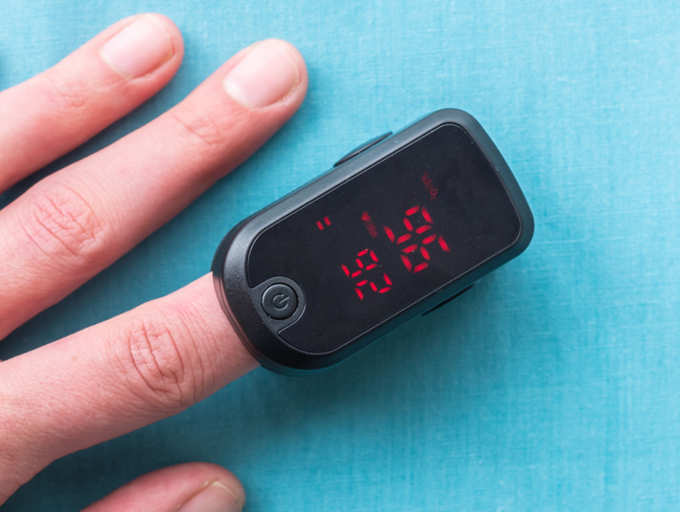01/9What is a pulse oximeter and should you really buy one?

Global health experts have been warning people of the severe risk and complications associated with dangerously low oxygen levels of patients suffering from COVID-19. But a simple device, which is being talked about a lot these days can help patients monitor their oxygen levels at home and prompt them to seek out help sooner. The device is a Pulse Oximeter, which is being called as important as a thermometer, which can help diagnose a problem before it gets any worse. While health experts stand divided on whether people all over should be encouraged to buy a pulse oximeter for home use, it is being used as a go-to gadget during the pandemic. Here we have tried to answer some of the most frequently asked questions about the oximeter and how to use it.
READMORE
02/9What is an oximeter?

Pulse oximeter (also called pulse ox) is a non-invasive device that calculates the amount of oxygen in the blood. It is a small device that looks like a clip. You have to press the clip, place your finger (nail side up) inside and within seconds it gives you your readings. Most healthy people get an oxygen reading of around 95 to 99 per cent. Talking about how it works, the oximeter works by sending infrared light into the capillaries in your finger. It measures how much light is reflected off the gases. The readings show the percentage of the saturated blood, called SpO2 levels. These oximeters also show your heart rate. One thing to remember is that many oximeters are designed in a way that the person sitting in front of you is supposed to see your readings, so a reading of 99 may appear 66 to you.
READMORE
03/9Is there a specific finger I should use?

Most commonly the index finger is used to take the reading. So in case you are right-handed, use the middle finger of your right hand and if you are left-handed, use the left middle finger.
04/9Accuracy of a pulse oximeter

Pulse oximeter gives 98 per cent accurate results and has an error window of only 2 per cent. This means that the oxygen levels in the blood can be 2 per cent above or below the readings shown by the oximeter.
05/9Is oximeter easy to use?

A pulse oximeter is a fairly easy to use device and that is why doctors rely on it, despite a 2 per cent error window.
06/9Can external factors affect oximeter reading?

Yes, some external factors can affect the oximeter reading. Putting dark nail paint on nails or extremely cold weather can give a false reading. It is recommended to remove any dark nail paint before using an oximeter.
07/9Should you invest in a pulse oximeter?

It completely depends on your personal choice and your existing health conditions. It also depends on how much access you have to a medical expert during the pandemic. You can also talk to your family physician about getting a pulse oximeter.
08/9How often should you take your readings?

Based on your health conditions, your doctor will tell you how often you should check your oxygen levels. The best part is that the process is painless. In general, readings can be taken twice a day, every hour, based on your health conditions.
09/9The normal oxygen levels

Normal: The normal SpO2 level is between 95 to 100 per cent.
Below normal: A reading below 95 is below normal. If your reading comes below 95, you should talk to your doctor immediately.
Above normal: It quiet unlikely that if you are breathing unassisted, your oxygen levels will be more than normal.
